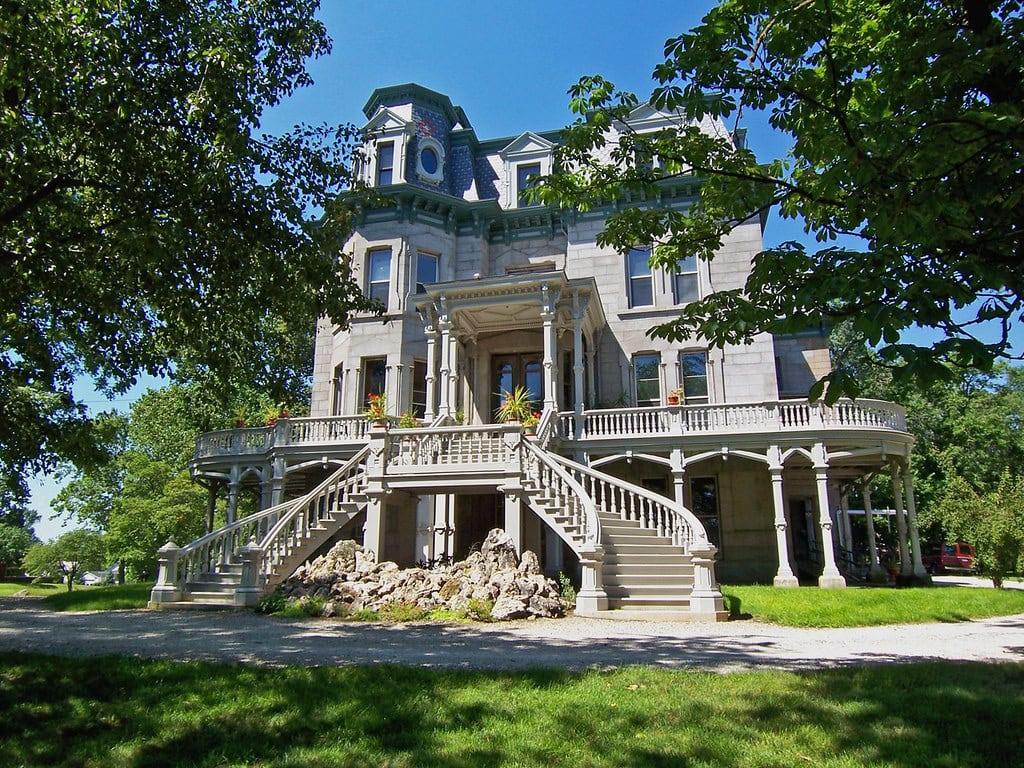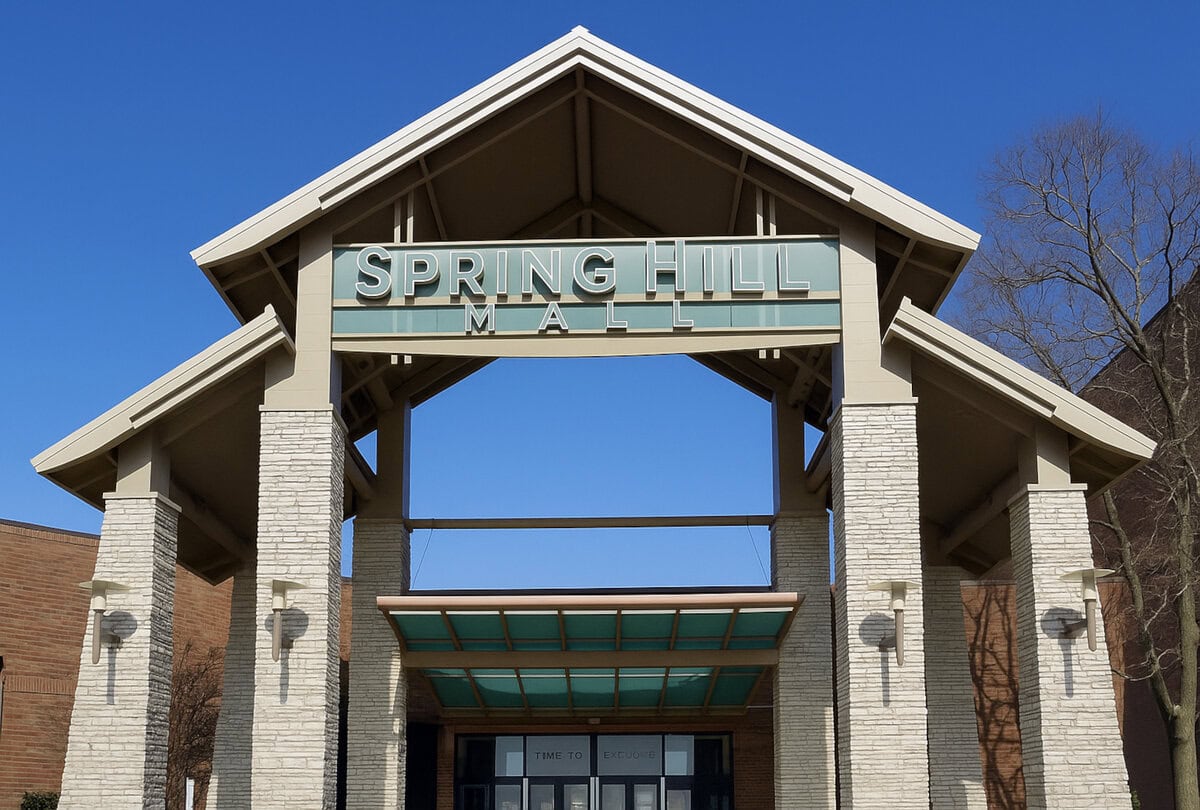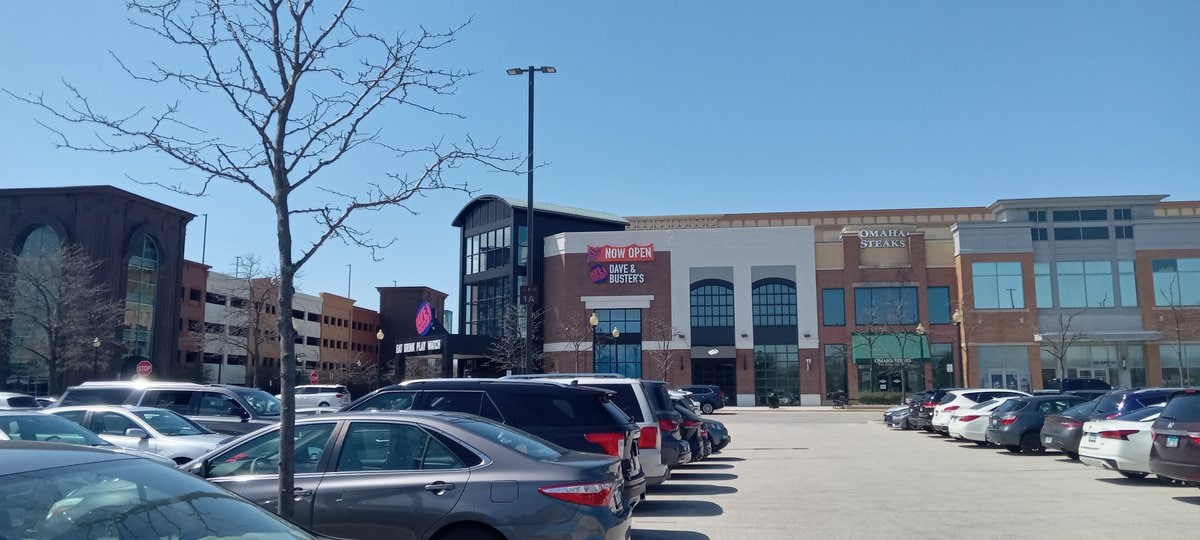The $10 Million Bet on 14 Acres
The land deal cleared on March 4, 2009, with 14 acres sold for $10.4 million to a joint venture backed by Macerich. The lot sat quiet for over two years before steel hit the ground. But when Fashion Outlets of Chicago opened in 2013, it landed fast.
Built next to the Rosemont Theatre and a short shuttle from O'Hare, the mall aimed for a very specific kind of traffic. High-end names like Giorgio Armani shared space with Forever 21. Two-story corridors ran under polished LED strips.
Tourists, layover flyers, and suburban daytrippers all walked the same floors. The concept didn't try to mimic other outlets - it dodged them entirely. No open rooftops. No sidewalk corridors. Just glass, stone, and climate control.
A fully enclosed shopping center, surrounded by concrete ramps and sleek glass, rising in an area better known for conventions and casino lights. The name made promises, and the structure kept them. Today, the mall draws more than just bargain hunters.
People come for the brands, yes, but also for the art on the walls, the new lines outside Pop Mart, and the hum of retail, where very few malls are humming anymore.
It's one of the top things to do in Chicago for anyone landing at O'Hare or passing through.
Capital, Groundbreaking, and the Sell of the Century
By November 2011, construction had started on what would become a $250 million buildout.
At 530,000 square feet, the structure was designed to be sleek but accessible, upscale but crowded. It was unlike anything the Chicago metro area had seen in decades.
Grand opening ceremonies kicked off on August 1, 2013, stretching through the weekend.
Bloomingdale's Outlet, Neiman Marcus Last Call, Saks Off 5th, and Forever 21 welcomed the first crowds. That weekend, Rosemont even picked up the tolls for shoppers using I-294.
It wasn't about goodwill, it was a calculated move to get bodies through the doors and dollars into tills.
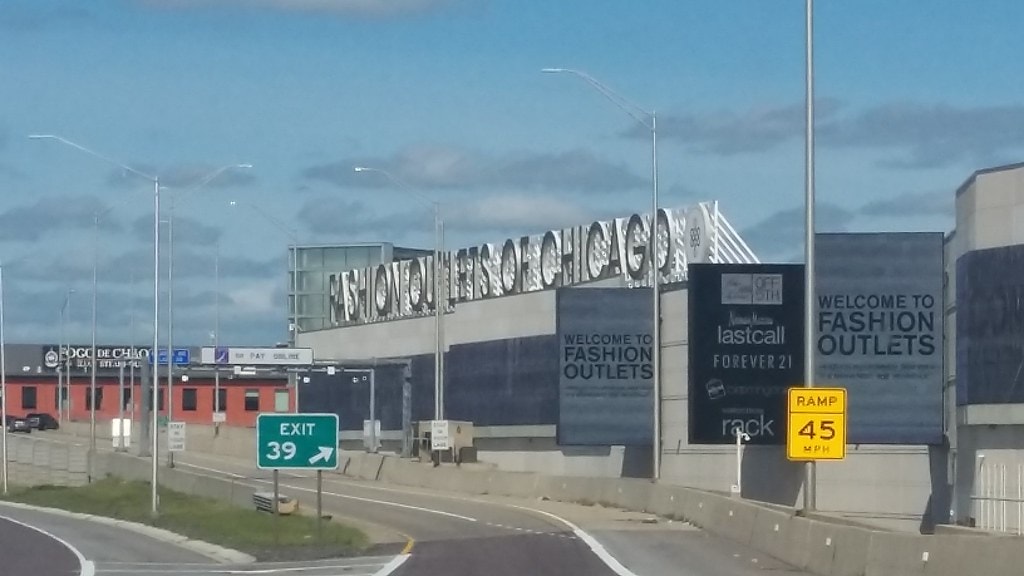
Retail Rollouts and Occupancy Power Plays
When Nordstrom Rack opened its 28,000-square-foot store inside the Fashion Outlets of Chicago in the fall of 2016, it wasn't arriving in a vacuum.
It joined an anchor lineup that had already seen early success with Saks Off 5th, Neiman Marcus Last Call, Forever 21, and Bloomingdale's Outlet.
But retail wasn't static here. Leasing shifted, names moved in and out, and the floor plan kept evolving to reflect what was selling and what wasn't.
Neiman Marcus Last Call closed in 2020, part of a wider phaseout that hit its parent company across the country.
By March 2021, the Disney Store shuttered, too. The vacancies didn't sit long. Aritzia opened its first Midwest location inside the center on December 16, 2022.
Then came a 2024 burst: Rudsak, Lacoste, Citizen Company Store, and Helly Hansen all launched new storefronts in the complex.
By early 2025, the mall was leasing at approximately 98 percent capacity, according to multiple retail real estate sources.
That kind of number, in this market, doesn't show up without a plan. The focus turned to vertical variety - mixing luxury with mid-range, sport with formal, legacy brands with first-timers.
In Rosemont, space is finite. Every square foot gets used with purpose.
Expansion Paused, Leasing Strengthened - The Strategic Pullback
On May 10, 2018, the village of Rosemont approved a proposed 225,000 square foot expansion of Fashion Outlets of Chicago.
That expansion would have required a full demolition and reconfiguration of the neighboring Rosemont Theatre.
At the time, theater attendance was down, and village officials were weighing the long-term tradeoff between entertainment and retail revenue.
The mall's tourism pull had already been proven - by 2018, over 57 million people had visited since the grand opening in 2013.
But momentum stalled. In late 2020, Macerich called off the expansion plans. The decision came during a cycle of cutbacks across multiple properties, and the mall's future square footage stayed locked at 530,000.
Instead of expanding out, they filled in. Leasing activity stayed high. New brands entered smaller parcels. Space was optimized, not enlarged.
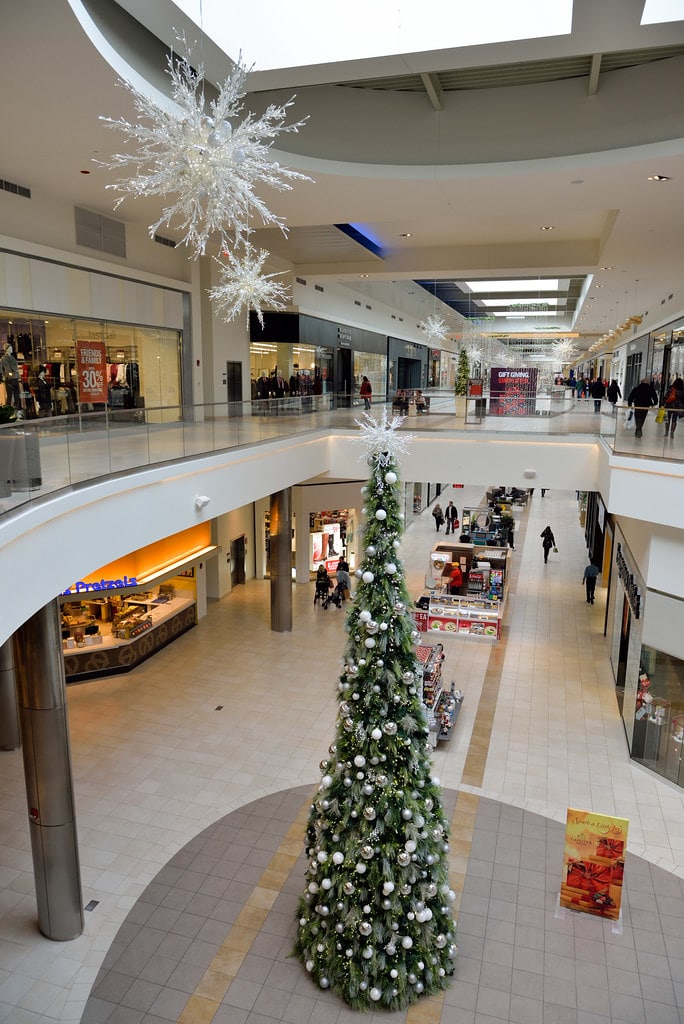
Art as Asset - The Collection's Retail Counterpoint
Fashion Outlets of Chicago didn't just bring in foot traffic with brands. It also turned its concourses into a public art space.
THE COLLECTION, the mall's rotating and permanent exhibition program, began with large-scale commissions from over a dozen contemporary artists.
Digital installations, interactive pieces, and sculptures became part of the walk from store to store.
In September 2024, artist Hebru Brantley installed "Midnight Blue," a piece based on his well-known Flyboy character.
The title was drawn from the jazz standard "' Round Midnight." The installation took over an entire wall and became a photo stop before it was ever written about.
That same year, Michael C. Thorpe's quilted work "house Lou Jones built" joined the exhibit lineup, adding texture and historical reference to the visual environment.
By 2025, the mall was showing "Button-Up, Button-Down," a rotating solo exhibit by Beau McCall. There were no museum walls - just indoor corridors that happened to double as gallery space.
Fashion Outlets of Chicago used 18,500 square feet of LED display screens on the outside walls for ads, but the interior stayed tuned into physical art.
That split mattered. One sold merchandise - the other sold memory.
Leasing Visual Space - LED Boards and Branded Walls
When the exterior of Fashion Outlets of Chicago lights up, it doesn't flicker through a standard marquee or hanging sign.
Instead, the mall operates 18,500 square feet of LED digital panels that wrap around corners and face the interstate.
These screens, set up across 11 distinct displays, operate as active advertising real estate. For luxury tenants inside, the exterior isn't an afterthought.
It's a canvas with rotation schedules, promotional pricing, and negotiated exposure.
Those LED walls became part of the mall's revenue model early on. They targeted drivers, travelers stuck near O'Hare, and anyone using the adjacent tollway ramps.
With each panel booked by national retailers or upcoming collections, the outer façade moved from architecture into rentable space.
Inside, the approach shifted. Instead of LED, the design leaned into hard materials - granite, marble, and polished stone tiles running the corridors.
Art from THE COLLECTION filled open areas. Retailers who leased long-term gained branding opportunities closer to entrances, but the interior never turned into billboard space.
The balance stayed sharp. The mall sold digital time outside, while keeping the inside experience closer to a curated walk than a sales funnel. It functioned as a commercial property, but never dropped its grip on style control.
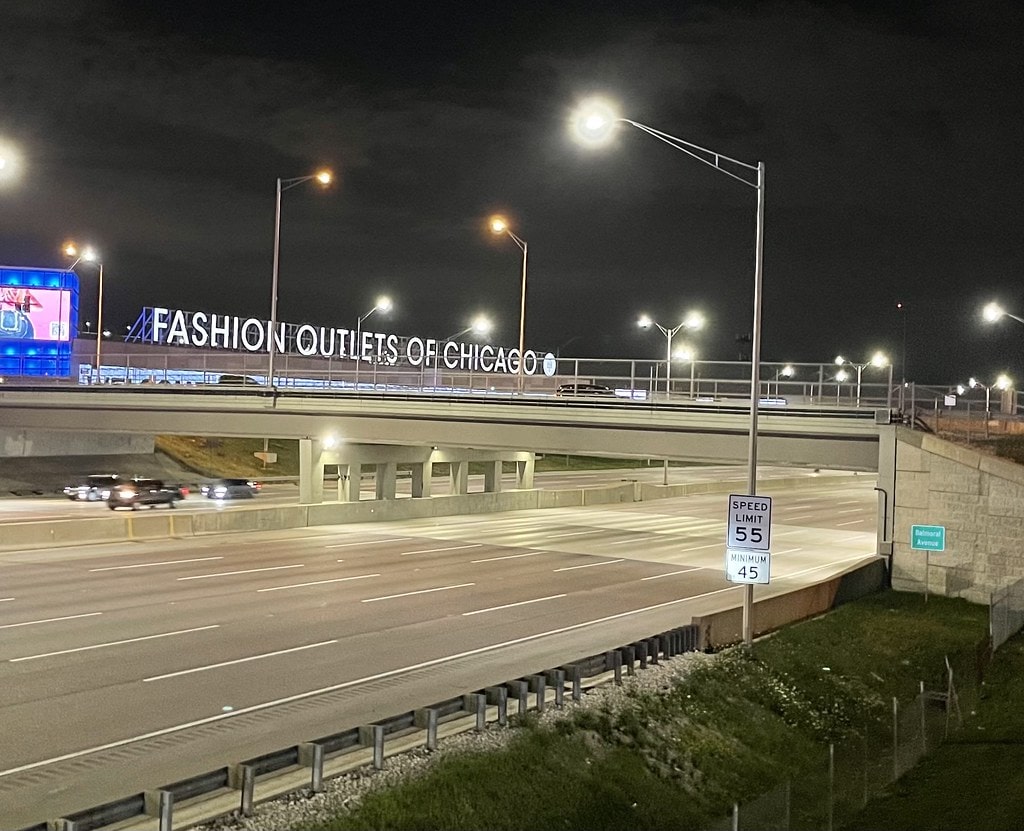
The Pop Mart Conversion - From Flash Pop-Up to Retail Anchor
On January 18, 2025, Pop Mart opened its first permanent store in Illinois inside the Fashion Outlets of Chicago.
That launch followed a smaller pop-up version that had tested demand earlier. The full buildout landed in a corner unit, replacing what had once been a soft goods chain.
By 10 am that morning, the line stretched down the corridor. Reddit users reported crowds that reached 300 before noon, many waiting for blind box toys like "Mega Space Molly" and "Crybaby" as well as the 2025 hit "Labubu."
This wasn't an isolated rollout. The opening was part of Pop Mart's planned U.S. expansion, which included multiple suburban sites. The Rosemont location set the tone.
It drew Gen Z collectors, resale hobbyists, and design fans in equal measure. Store shelves are reset daily based on stock and demand, and glass display cases are locked in limited releases.
The retail real estate angle mattered too. The space was small-footprint, high-rotation, and carried no clearance racks.
That worked inside an outlet model that usually operated on overstock logic. Pop Mart didn't need to offer a discount - it needed inventory and visibility.
For the mall's leasing office, that turned a novelty into a high-turn tenant. The lease terms adjusted accordingly. So did foot traffic.
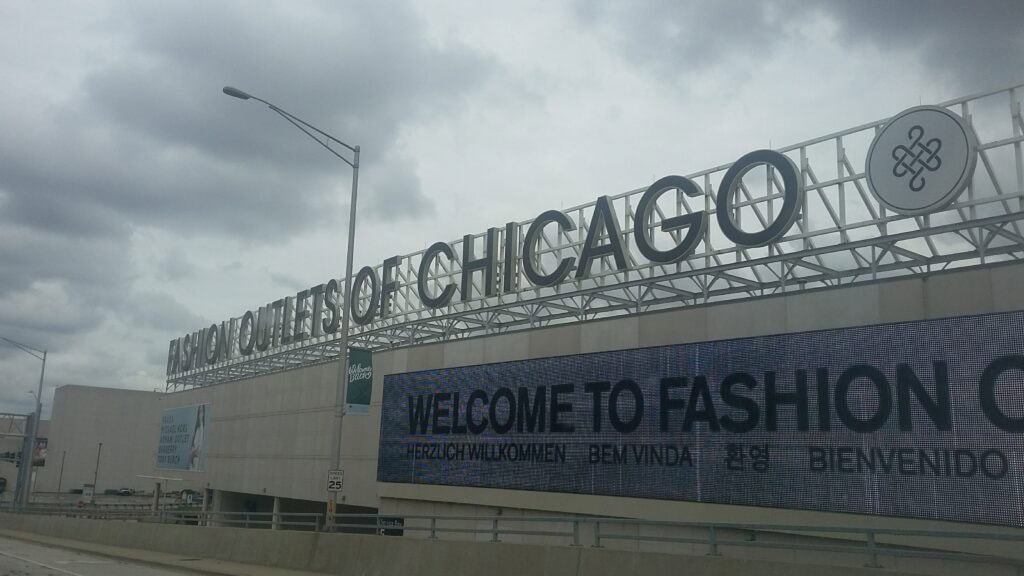
🌿



